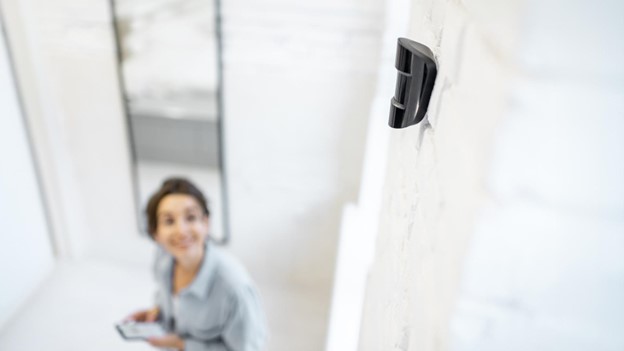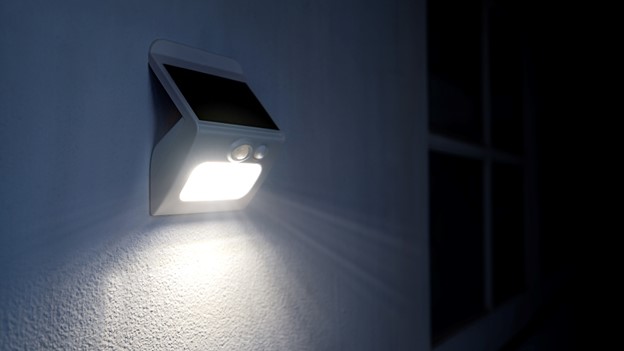How to Effectively Place Motion Sensors in Your Home: A Complete Guide
Motion sensors are the unsung heroes of home security, silently standing guard to detect unwanted intruders. However, their effectiveness hinges on one crucial factor: placement. This guide will walk you through the essentials of positioning your motion sensors for maximum security.
Understanding Motion Sensors
Before we dive into placement, let’s quickly cover the basics. Motion sensors detect movement in a specific area, triggering an alarm or notification. They come in various types, including passive infrared (PIR) sensors that detect body heat and microwave sensors that send out radio waves to detect motion.
Key Placement Areas
- Entryways and Main Living Areas: Your front door is an obvious entry point for intruders, making it a prime location for a motion sensor—position one to cover the main entrance and consider placing another in the main hallway or living room.
- Bedrooms and Vulnerable Windows: While you might not want motion sensors active in bedrooms at night, they can be valuable when you’re away. Focus on first-floor bedrooms and rooms with easily accessible windows.
- Basement and Garage: These areas often contain valuable items and can be overlooked entry points—place sensors at the bottom of basement stairs and near garage doors.

Best Practices for Effective Placement
Height and Angle: Mount sensors at about 6-8 feet high, angled slightly downward. This height is typically above pet level but low enough to detect human movement effectively.
Avoid Interference: Keep sensors away from heat sources, direct sunlight, and moving objects like ceiling fans to prevent false alarms.
Coverage Tips: Position sensors in corners for a wider field of view. In larger rooms, use multiple sensors to ensure comprehensive coverage.
Common Mistakes to Avoid
Don’t place sensors directly facing windows, as sudden changes in outdoor lighting can trigger false alarms. Avoid positioning sensors behind large furniture that could block their view. Don’t rely solely on motion sensors – integrate them with other security measures like door/window sensors for comprehensive protection.
Testing and Maintenance
Once installed, regularly test your motion sensors by arming the system and walking through coverage areas. Most systems have a “test mode” for this purpose.
Clean sensors gently with a dry cloth every few months to ensure optimal performance. Replace batteries as needed – many systems will alert you when batteries are low.

Taking Action: Your Security Roadmap
Effective motion sensor placement is key to a robust home security system. By focusing on key areas, following best practices, and avoiding common pitfalls, you can significantly enhance your home’s protection.
Remember, while this guide provides a solid foundation, every home is unique. For a unique security solution, consider consulting with a professional.
Ready to upgrade your home security? Contact Alarm Guard today for a personalized assessment and expert installation. Our team can help you create a comprehensive security plan that gives you peace of mind, day and night. Visit our website or call us at +1 866-282-3331 to schedule your free consultation.






